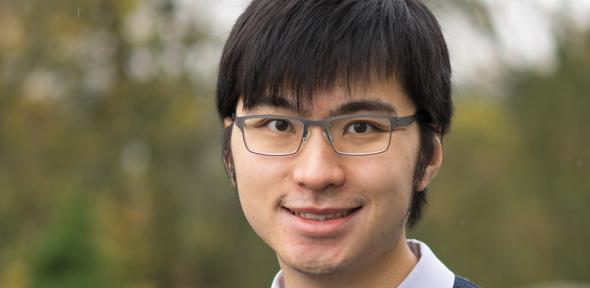
Date in FIBE: I+ 2014-15, MRes 2015-16, PhD 2016-20
Very brief history before joining: I studied engineering at Cambridge as an undergraduate. After that, I took a gap year working in the religious sector to provide engineering and language education expertise to Christian organisations in the developing world, before rejoining Cambridge University through the FIBE I+ scheme.
Title of thesis plus a very short summary: Long-term basement heave in over-consolidated clay, or "how to design an underground station using a time machine".
The Earth is a giant sponge. This is particularly noticeable when underground spaces are constructed in places with stiff clay, like London and Cambridge. When a large basement is excavated in stiff clay, the removal of soil overburden causes the remaining soil to swell slowly and push the new basement upwards, in a phenomenon known as “long-term heave”. The underlying stress-strain relationships are highly non-linear and these movements often continue for many years after the end of construction, causing significant conservatism in design.
I performed series of physical experiments of basement heave that used the technique of geotechnical centrifuge modelling to reduce the size of the model and speed up the process of heave while preserving the mechanisms of deformation. The experimental results were compared with finite element simulations of the same prototypes and with 21 years of monitoring data from a site in London, to discern the mechanisms of heave and propose improvements to the methods of basement structure design.
Why did you join FIBE? Towards the end of my gap year, I was looking for my next career move and my undergraduate lecturers invited me back to Cambridge to join the nascent FIBE group as an "Industry+" student. This programme attracted me because it gave me two years of general research, one year at Laing O'Rourke and one year in Cambridge University, before I specialise into a PhD project for another three and a bit years.
How did it help you? It has been exciting to be in an engineering research role that is grounded in academic rigour and also has one foot in industrial practice. I enjoyed the practical research, the many academic and industrial trips in the last few years, and the undergraduate teaching work that I took up during my years at FIBE.
What are you doing now? I'm waiting for the pandemic to end so I can actually become a "doctor" and celebrate with family and friends. In the meantime, I have started working as a geotechnical engineer at Mott MacDonald.
Contact: dykc3@cam.ac.uk

